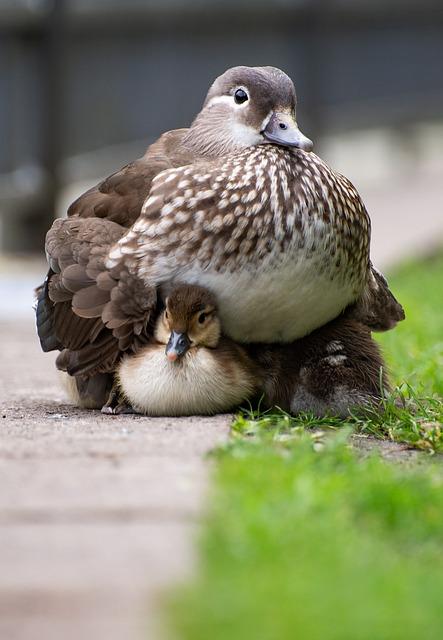Trees play a vital role in our ecosystem, providing shade, shelter, and oxygen. However, they are often vulnerable to damage from animals such as deer, rabbits, and rodents. In order to protect our trees and ensure their health and longevity, it is important to take proactive measures to prevent animal damage. In this article, we will explore some practical tips and strategies for protecting trees from animal damage.
When it comes to protecting trees from animal damage, there are several strategies that can be employed to deter unwanted visitors and prevent harm to your valuable greenery. Choosing resistant tree species is a proactive approach to minimizing damage, as certain trees are less appealing to animals for food or shelter.
Installing physical barriers such as fences or tree guards can help prevent animals from accessing your trees and causing harm. These barriers create a physical obstacle that animals are less likely to overcome in their quest for food or shelter.
- Providing alternative food sources can help divert animals away from your trees. By offering a more appealing food source nearby, such as a bird feeder or fruit tree, you can encourage animals to leave your trees alone.
- Implementing humane deterrents like motion-activated sprinklers or ultrasonic devices can effectively scare off animals without causing harm to them. These non-lethal methods can be a more compassionate way to protect your trees.
Q&A
Q: What are some common animals that can cause damage to trees?
A: Common animals that can cause damage to trees include deer, rabbits, squirrels, and rodents.
Q: How can animals damage trees?
A: Animals can damage trees by nibbling on the bark or leaves, stripping bark from the trunk, rubbing their antlers on the tree, or digging up roots.
Q: What are some ways to protect trees from animal damage?
A: Some ways to protect trees from animal damage include using physical barriers such as tree wraps or fencing, applying repellents, planting animal-resistant species, and maintaining a healthy tree with proper pruning and watering.
Q: How can I determine if my tree has been damaged by animals?
A: Signs of animal damage on trees include missing bark, stripped bark, gnawed leaves or branches, tracks around the tree, and droppings near the base of the tree.
Q: Are there any eco-friendly methods to protect trees from animal damage?
A: Yes, eco-friendly methods to protect trees from animal damage include using repellents made from natural ingredients, planting companion plants that deter animals, and using physical barriers that do not harm the environment.
Q: What should I do if my tree has already been damaged by animals?
A: If your tree has been damaged by animals, it is important to assess the extent of the damage and take immediate action to protect the tree from further harm. This may include pruning damaged branches, applying wound dressing, or contacting a professional arborist for assistance.
Conclusion
it is important to take proactive measures to protect trees from animal damage in order to promote their health and longevity. By using physical barriers, repellents, and proper pruning techniques, property owners can effectively safeguard their trees against harm caused by wildlife. Remember, prevention is key in preserving the beauty and value of our precious arboreal assets. Thank you for reading and may your trees thrive in a safe and protected environment.
Simpsons Tree Services, Servicing Melbourne’s North Eastern Suburbs
Book a quote online at www.simpsonstrees.com.au




